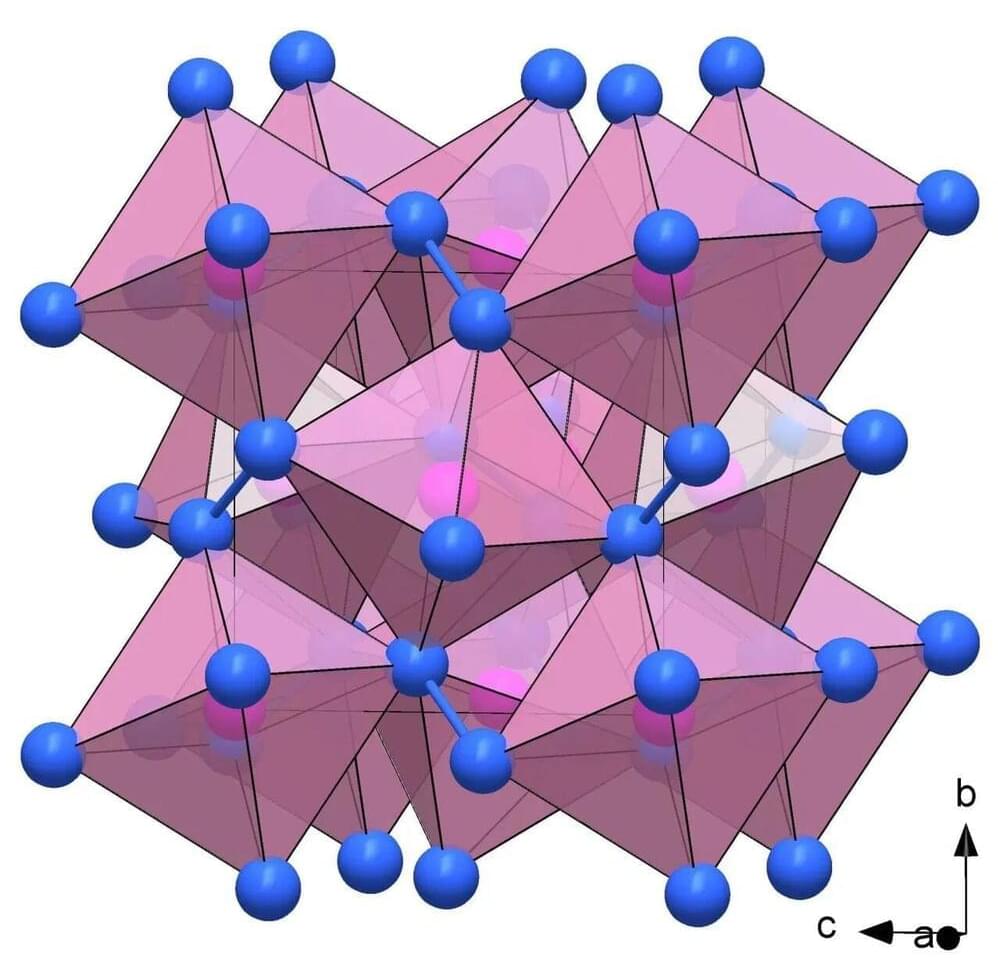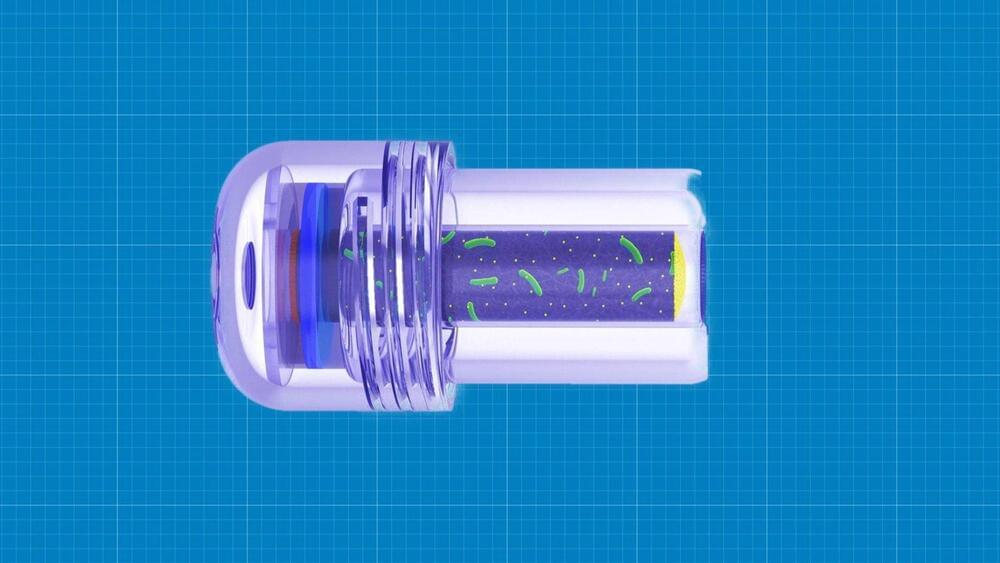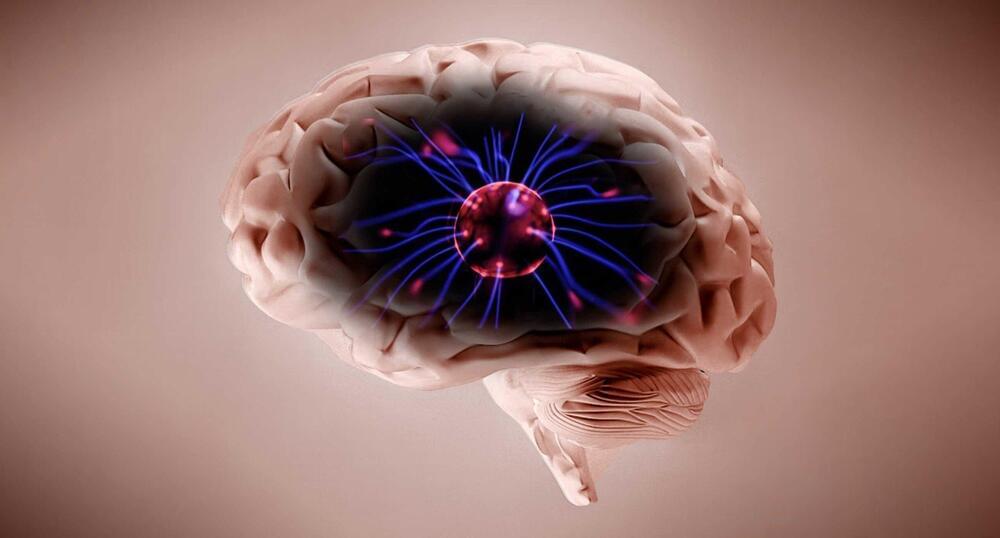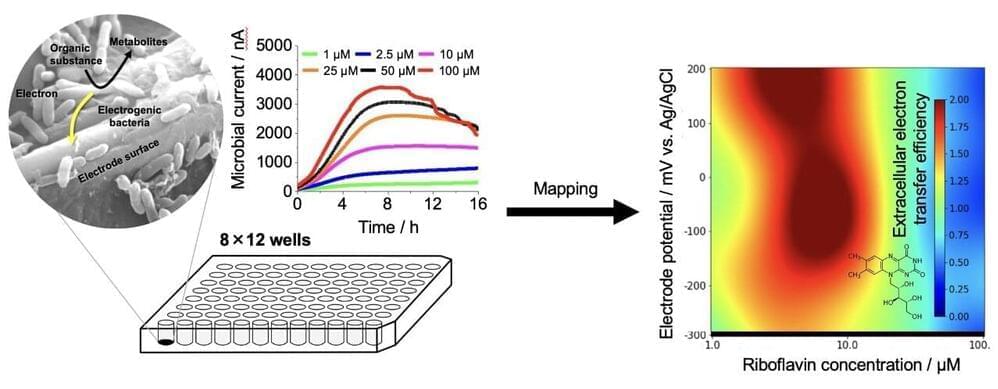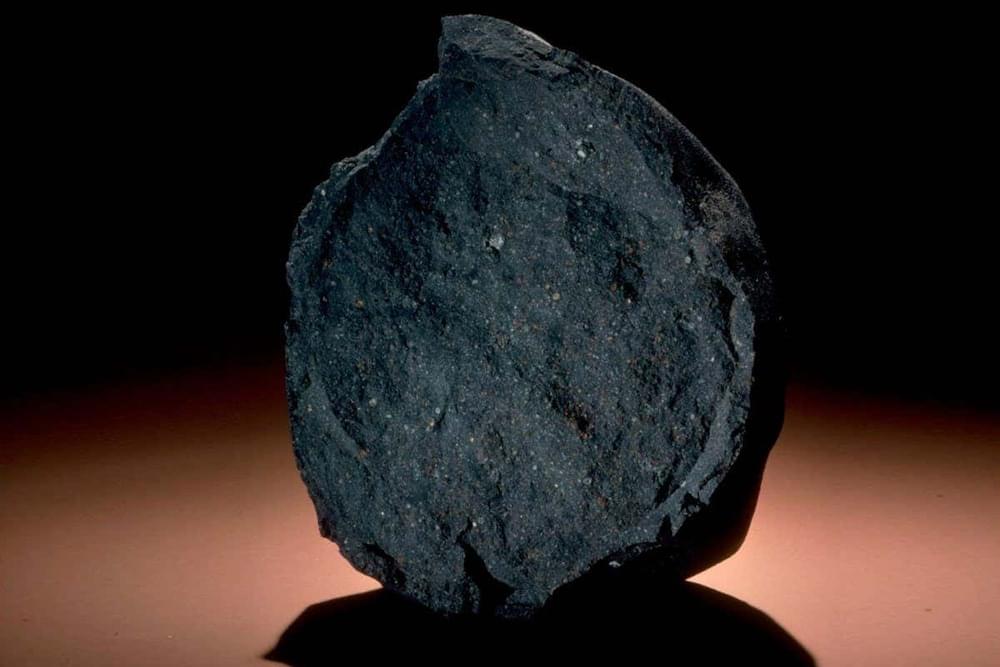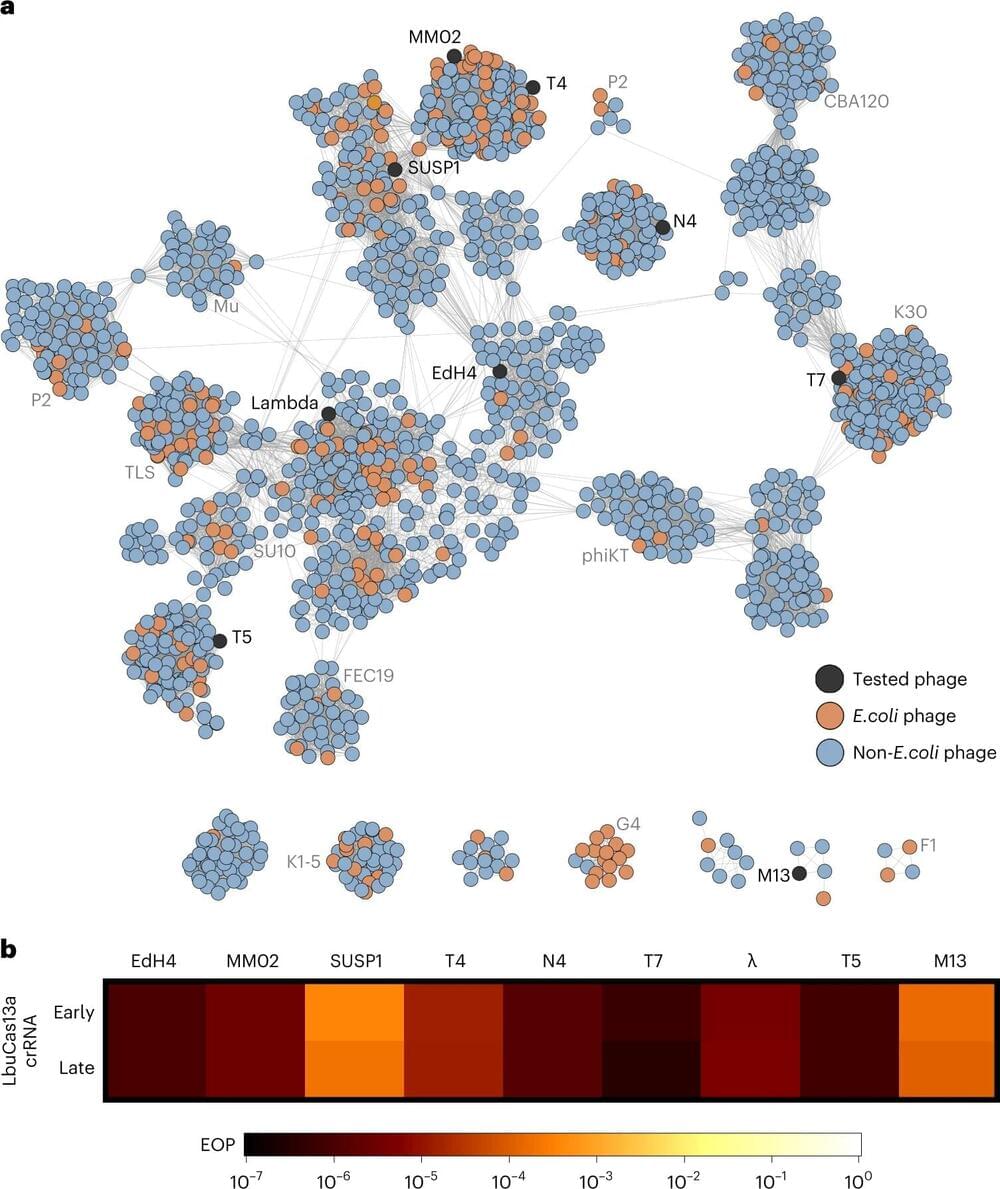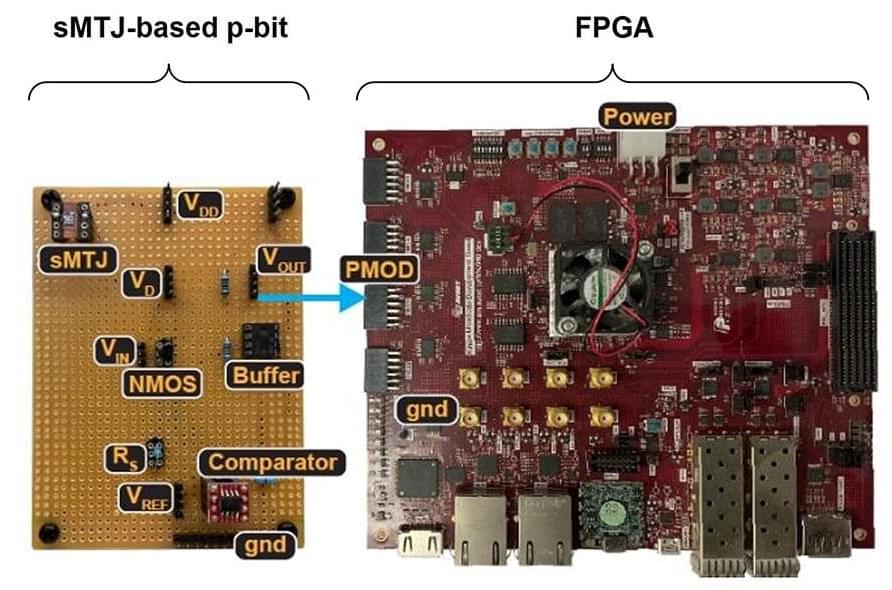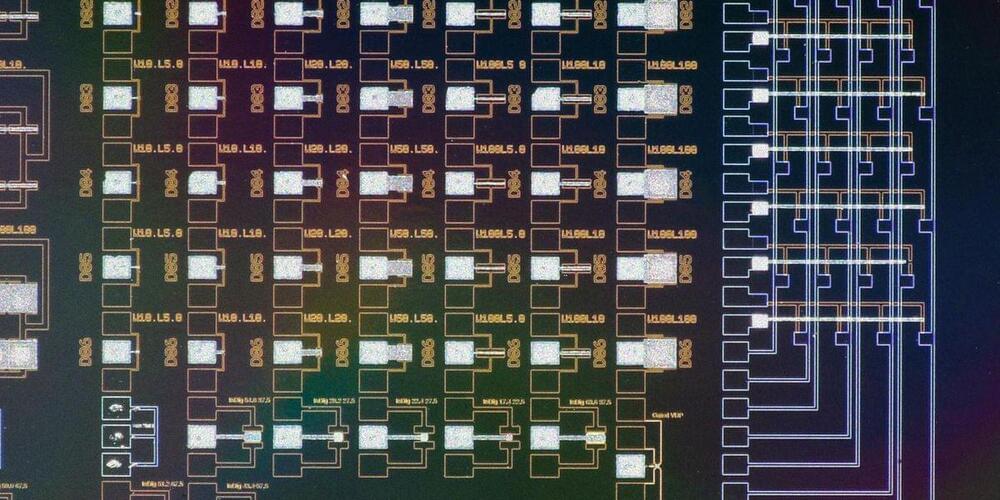For any issue please contact us at 👇🏻
[email protected] : https://www.facebook.com/ttienglish007
Instagram : https://www.instagram.com/top_10_information/
Twitter : https://twitter.com/tti_english.
# Ultra Hydrobhobic Material (Gentoo)
Gentoo is the next generation of corrosion-resistant and easy-cleaning coatings. With its combination of high performing abrasion resistance and very low sliding angle, Gentoo excels where other coatings have fallen short https://goo.gl/LgBgXL
https://goo.gl/vcfXEd.
https://goo.gl/n8yzDV
https://goo.gl/rGUikJ# Triiodide.
n chemistry, triiodide is usually referred to the triiodide ion, I−
3. This anion, one of the polyhalogen ions, is composed of three iodine atoms. It is formed by combining aqueous solutions of iodide salts and iodine.
https://en.wikipedia.org/wiki/Triiodide.
https://goo.gl/AVfLSk.
https://goo.gl/dFnZSu.
https://goo.gl/X7fgnL
https://goo.gl/t3nYZd.
https://goo.gl/xEJXeb# Hydrogel.
Hydrogel products constitute a group of polymeric materials, the hydrophilic structure of which renders them capable of holding large amounts of water in their three-dimensional networks. Extensive employment of these products in a number of industrial and environmental areas of application is considered to be of prime importance.
https://goo.gl/T85Nkj.
https://en.wikipedia.org/wiki/Gel.
https://goo.gl/SQj5zg.
https://goo.gl/gTmWe3
https://goo.gl/i99LTk.
https://goo.gl/BfVgKN# Nitinol.
Nitinol alloys exhibit two closely related and unique properties: shape memory effect (SME) and superelasticity (SE; also called pseudoelasticity, PE). Shape memory is the ability of nitinol to undergo deformation at one temperature, then recover its original, undeformed shape upon heating above its “transformation temperature”.
https://en.wikipedia.org/wiki/Nickel_titanium.
https://goo.gl/mtFu8S
https://goo.gl/kdUshM
https://goo.gl/ncXF3X
https://goo.gl/sbnvtY
https://goo.gl/Uc3pdX
https://goo.gl/V3DWEx# Gallium metal.
https://goo.gl/2jv7P1
https://goo.gl/B8KMqf.
https://goo.gl/1Lsk9n.
https://goo.gl/YPfRzH
https://goo.gl/6Td8Q4
https://goo.gl/va94iV# Aerogel.
https://goo.gl/Wq69zr.
https://goo.gl/6ag7zV
https://goo.gl/2LAJSy.
https://goo.gl/Z5BV5g.
https://goo.gl/hw8m81
https://goo.gl/hVqBz1# Magnetic Thinking Putty!
https://goo.gl/Pvos7a.
https://goo.gl/1Tg8Cg.
https://goo.gl/zTHbwJ
https://goo.gl/TSrQSN
https://goo.gl/W37Wyh.
https://goo.gl/4C1avx.
special Credits:
CrazyRussianHacker.
https://www.youtube.com/user/CrazyRussianHackerGrant
Thompson — “The King of Random“
https://www.youtube.com/user/010320108141-FerroFluid.
https://goo.gl/TpSZLc.
https://goo.gl/SF7qh9
https://goo.gl/65uTND
https://goo.gl/ze9GR4
https://goo.gl/Fe2Wdy.
https://goo.gl/pXQkd42-Liquid Nitrogen.
https://goo.gl/Xj4sEM
https://goo.gl/d5Go3j.
https://goo.gl/fBtdHC
https://goo.gl/xnuFNR
https://goo.gl/jmYgrj.
https://goo.gl/tQZZ4C
https://goo.gl/vHwdPE
3-Dry Ice.
https://goo.gl/7W3Cjh.
https://goo.gl/7QF8kB
https://goo.gl/uX8KdL
https://goo.gl/rmTpXs.
https://goo.gl/nvoXgf.
https://goo.gl/Mz2EBH
https://goo.gl/ndB7Rn.
https://goo.gl/ZCBxmE
https://goo.gl/4GnrsM
https://goo.gl/VQjNCX
https://goo.gl/LJXgoR
https://goo.gl/CyHL5E
https://goo.gl/reB3cN4-Black Fire Snake.
https://goo.gl/xNUJgz.
https://goo.gl/zSAjY2
https://goo.gl/eWCFp7
https://goo.gl/w7mafY
https://goo.gl/jYGWZT
https://goo.gl/LgUgqD
https://goo.gl/N24pV3
https://goo.gl/zeQaRn.
https://goo.gl/g3wpTX5-Magical Fire.
https://goo.gl/hdyMVL
https://goo.gl/mh1FUK
https://goo.gl/vJ9N8A
https://goo.gl/C1Emto.
https://goo.gl/pZvwvL6-Sodium Metal.
https://goo.gl/LLmqfe.
https://goo.gl/nQG2Vv.
https://goo.gl/K3KfGC
https://goo.gl/ooLwyP
https://goo.gl/Asxu3t.
https://goo.gl/G8cu2g.
https://goo.gl/CGBemZ
https://goo.gl/pgUi2Y7-Burning calories (Sugar)
https://goo.gl/ch9ihk.
https://goo.gl/MNRTnC
https://goo.gl/qeRQcW
https://goo.gl/fCaLZm.
https://goo.gl/tV7Xie.
https://goo.gl/2e3kjF
https://goo.gl/7WLYte.
https://goo.gl/Q4uirf.
8-Elephant Toothpaste.
https://goo.gl/zHTN2i.
https://goo.gl/GJm168
https://goo.gl/Tm71ej.
https://goo.gl/Hv6Ng3
https://goo.gl/vdbKbU
https://goo.gl/wB6P5Y
https://goo.gl/Ez4Gyg.
https://goo.gl/xkwyJL9-The Litracon.
https://goo.gl/gjR8oj.
https://goo.gl/8tn2vd.
https://goo.gl/viBNP2
https://goo.gl/wqxZMY
https://goo.gl/a3f9PD
https://goo.gl/yQvW4S10-The Neodymium.
https://goo.gl/D9RPnq.
https://goo.gl/3Vccem.
https://goo.gl/dvWgHk.
https://goo.gl/8yvA4d.
https://goo.gl/6HKRPj.
https://goo.gl/HsqgS4
https://goo.gl/s3NjZL
https://goo.gl/Jia5hs.
https://goo.gl/ALVFzB
https://goo.gl/kzjVCg.
https://goo.gl/3LHzd5
https://goo.gl/KnrTg3
https://goo.gl/uQWwg8
#experiment #material #science
